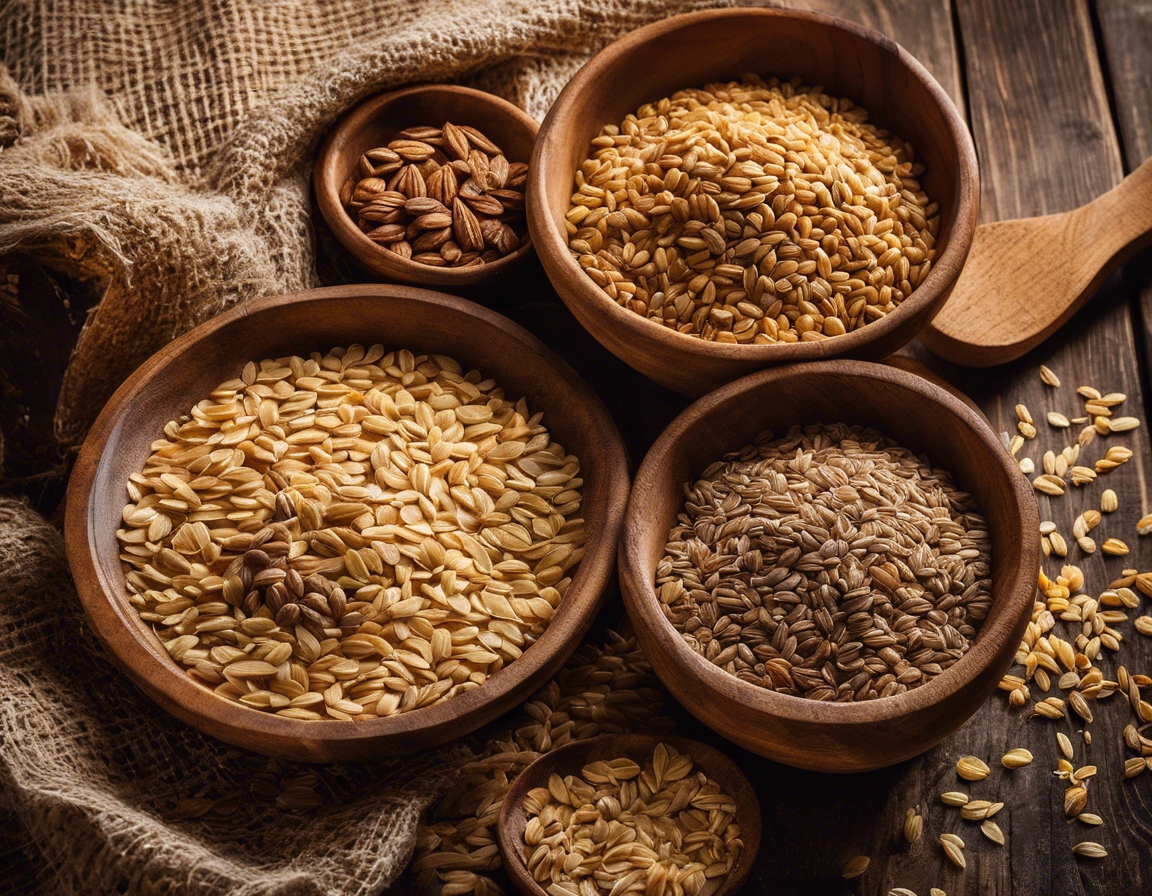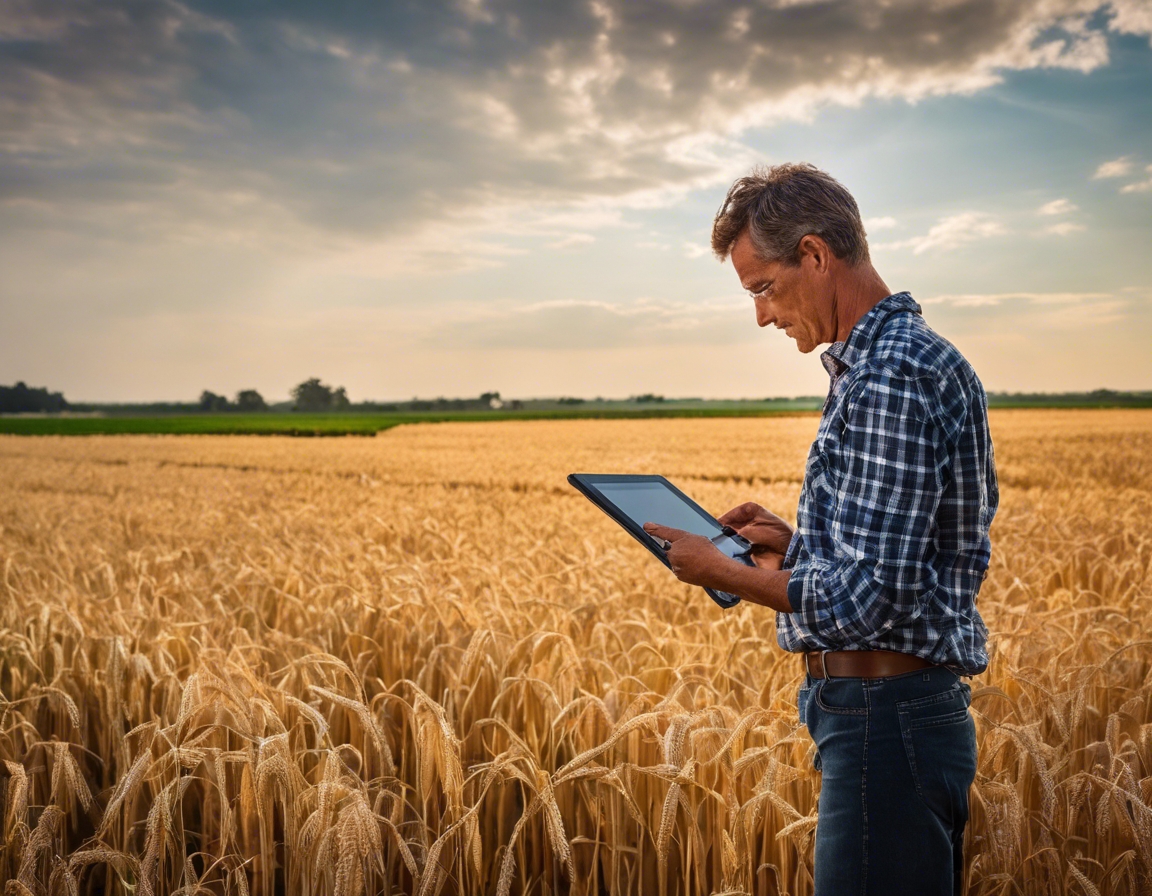The future of cereal production: trends to watch
The landscape of cereal production is undergoing a significant transformation, driven by technological innovation, environmental concerns, and evolving market demands. As a key player in the agricultural sector, KROOTUSE AGRO AS is at the forefront of adopting and implementing these trends to ensure a sustainable and profitable future for our partners and clients.
Technological Advancements in Cereal Production
Advancements in IoT and AI are enabling farmers to monitor crop health, soil conditions, and weather patterns with unprecedented precision. Smart sensors and drones provide real-time data that can be used to optimize irrigation, fertilization, and pest control, leading to increased yields and reduced resource waste.
Genetic engineering and CRISPR are revolutionizing cereal breeding by enhancing crop resistance to diseases and pests, improving nutritional content, and increasing adaptability to climate change. These technologies hold the promise of securing food supply for a growing global population.
The integration of robotics in cereal production is streamlining operations from planting to harvesting. Autonomous tractors, harvesters, and drones are reducing labor costs and increasing efficiency, allowing for more scalable and sustainable farming practices.
Sustainability and Environmental Considerations
Regenerative agriculture focuses on improving soil health, increasing biodiversity, and restoring ecosystems. By adopting these practices, cereal producers can enhance soil fertility, sequester carbon, and build resilience against environmental stressors.
Efficient water use is critical in cereal production. Innovations in irrigation technology and water management practices are helping farmers to use water more sustainably, preserving this vital resource for future generations.
Reducing the carbon footprint of cereal production is essential in the fight against climate change. Strategies such as no-till farming, cover cropping, and the use of renewable energy sources are contributing to a greener agricultural industry.
Market Dynamics and Consumer Preferences
As consumers become more health-conscious, the demand for cereals with enhanced nutritional profiles is rising. Producers must adapt to these preferences by offering products that are high in fiber, protein, and other essential nutrients.
The plant-based movement is influencing cereal production, with an increasing number of consumers seeking out vegan and environmentally friendly options. This trend is driving innovation in cereal ingredients and production methods.
Trade policies and international agreements play a significant role in shaping the cereal market. Producers must navigate these complexities to remain competitive and ensure access to global markets.
Challenges and Opportunities
Climate change poses a significant challenge to cereal production, with extreme weather events and shifting climate patterns affecting yields. However, it also presents opportunities for innovation and adaptation in farming practices.
Strengthening the supply chain through technological advancements can lead to more efficient distribution systems, reduced waste, and better market access for cereal producers.
Investing in R&D is crucial for the continued advancement of cereal production. By partnering with organizations like KROOTUSE AGRO AS, producers can leverage cutting-edge research to stay ahead of industry trends and challenges.





Comments (0)